
While AMD has been doing great in the CPU arena thanks to the release of the Ryzen 5000 series processors, they have yet to catch up to their competitor in GPU performance. Last year’s RX 5700 XT gave us a glimpse of what an RDNA-based GPU can do. Today, we will be taking a look at their current flagship – powered by RDNA2 – the AMD Radeon RX 6900 XT.
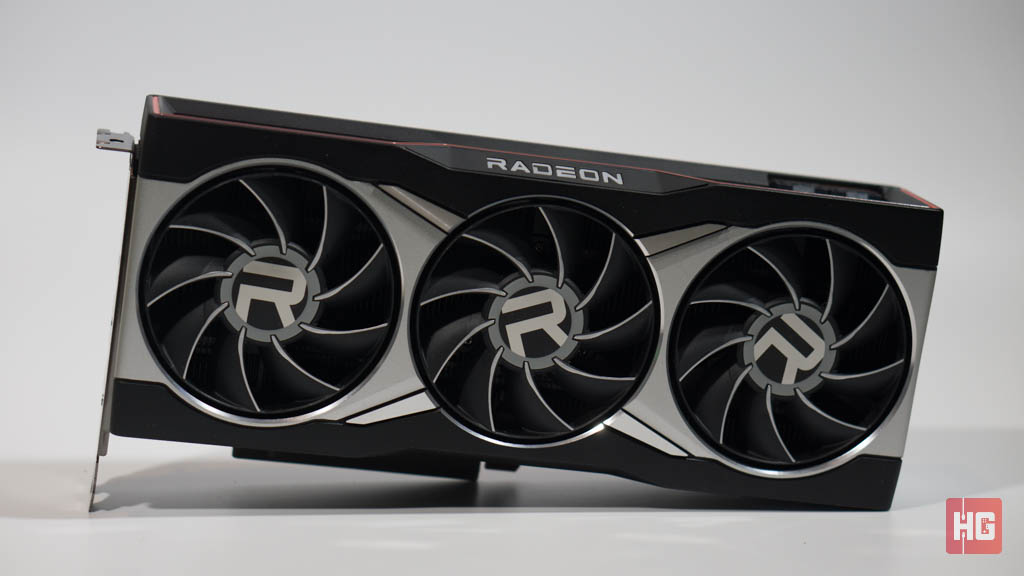
| GPU | Navi 21 |
| Architecture | RDNA2 |
| Transistor Count | 26.8 Billion |
| Manufacturing Process | 7nm TSMC |
| Boost Clock | 2250MHz (Boost), 2015MHz (Gaming) |
| Shader Processors | 5120 |
| Texture Units | 320 |
| ROPs | 128 |
| Compute Units | 80 |
| Raytracing Cores | 80 |
| Memory | 16GB GDDR6, 16Gbps |
| Memory Bus | 256-bit |
| Infinity Cache | 128MB |
| TDP | 300W |
| Power Connectors | 2x 8-pin PCIe |
| Display Connections | 2x DisplayPort 1.4a, 1x HDMI 2.1, 1x USB Type-C |

AMD’s RDNA2 architecture, also known as Big Navi, is essentially the next evolution of RDNA introduced with the Radeon 5000 series. It still uses a 7nm lithography while becoming more efficient than its predecessor. Their new generation GPUs are also boasting GPU clock speeds well beyond the 2000MHz mark, which should deliver faster performance across the board.
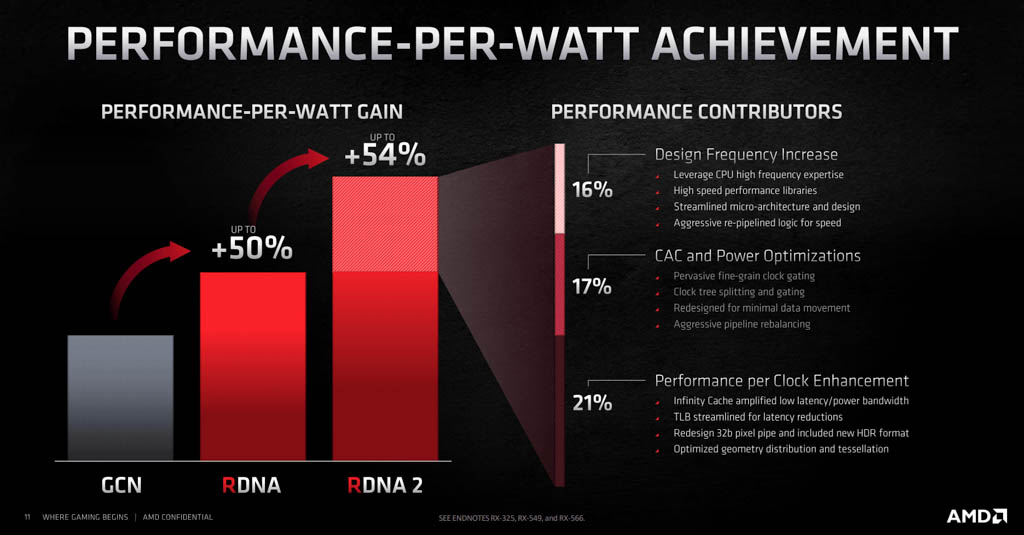
Overall, AMD is promising up to 54% gain in performance-per-watt thanks to clock enhancement, frequency increase, and varying optimizations.

One of the solutions that AMD implemented on RDNA2 is the usage of the Infinity Cache. Not to be confused with the Infinity Fabric found on their CPUs, Infinity Cache uses a 128MB cache on the die itself in order to bridge the size between of the VRAM and the traditional L2 cache found on GPUs. This allows for better bandwidth, lower latency, and faster memory access.
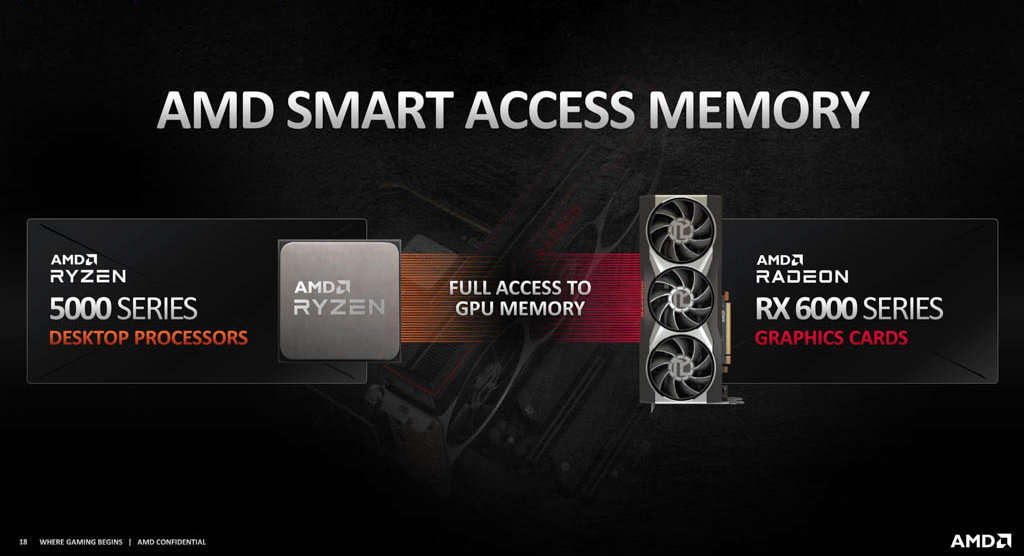
Transfers between the CPU and GPU are normally limited to a 256GB chunk. AMD’s Smart Access Memory (SAM) combines the memory of the CPU and GPU to increase that limit to reduce buffering and latency. AMD claims that SAM provides up to 10% of additional framerate to games but this increase is much more noticeable to higher resolutions.
At this time, this feature is only compatible between the RX 6000 series GPUs and Ryzen 5000 series processors on X570 boards. AMD, however, is working hard to have it compatible with NVIDIA and Intel platforms.

Big Navi will officially support ray tracing in games albeit in a lesser extent compared to the competition’s latest offerings. AMD is implementing dedicated RT cores on RDNA2-based GPUs in order to improve performance of ray tracing effects.
Deep Learning Super Sampling (DLSS) employs the use of AI and machine learning to render games at a lower resolution and outputs them at a higher resolution without sacrificing details. This means that you get the detail found on higher resolutions while still maintaining higher frame rates. At this time, however, DLSS exclusively works on select NVIDIA GPUs. AMD, on the other hand, is working on their own alternative called FidelityFX Super Resolution.
Details are still sparse on the FidelityFX Super Resolution as it is currently in development. But AMD will be making it fully open source in order to allow developers to more easily implement them on any GPU. This also allows the technique to be available to consoles as they largely use the same architecture.
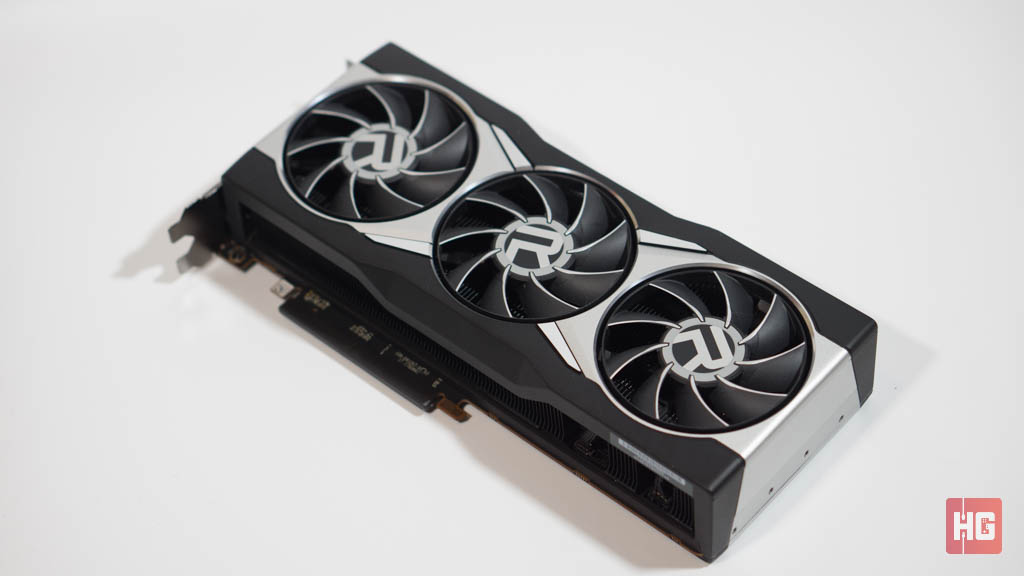
Like most reference cards, the AMD Radeon RX 6900 XT is a unique-looking card compared to other cards. AMD is using a Black and Silver motif with Red accents on the card. This somewhat far cry to the minimalist design found on the 5700 XT.

AMD is moving on from the single fan design and is now using triple fans to cool down the card. We believe this was a necessary move since it is a 300W TDP card. A massive fin stack runs through the length of the card to further aid in cooling.
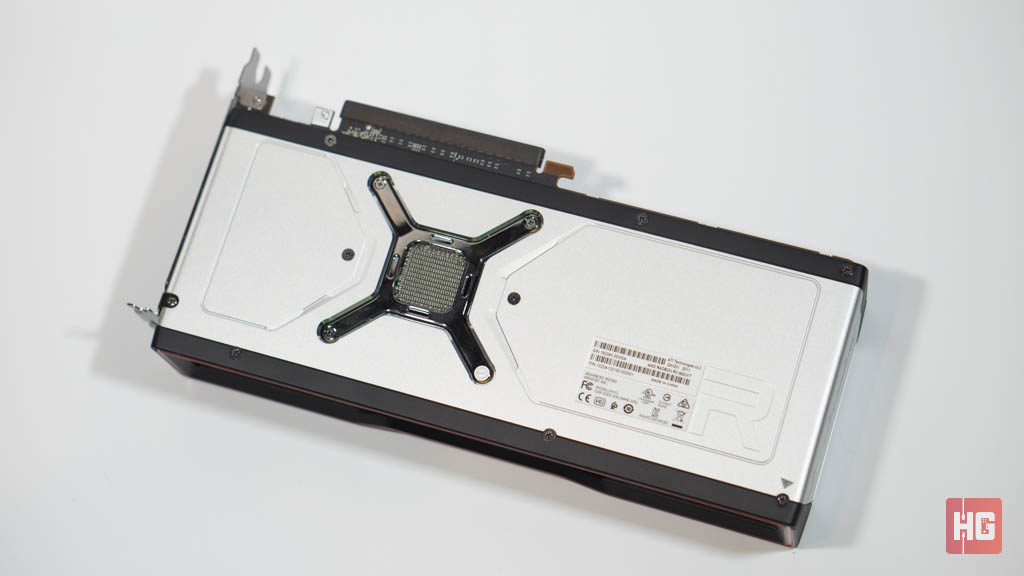
The chassis of the RX 6900 XT is fully built out of aluminum giving it a plenty of heft. Its backplate is also made out of aluminum and is colored silver to accentuate the card. The Radeon symbol can be found at the lower right but its design is somewhat ruined by the serial number stickers by its side.

Fortunately, AMD is not using any kind of proprietary connections in this generation of GPUs unlike NVIDIA’s 12-pin connector. Instead, they are utilizing the industry-standard two 8-pin PCIe connectors which most mainstream PSUs should be compatible with.
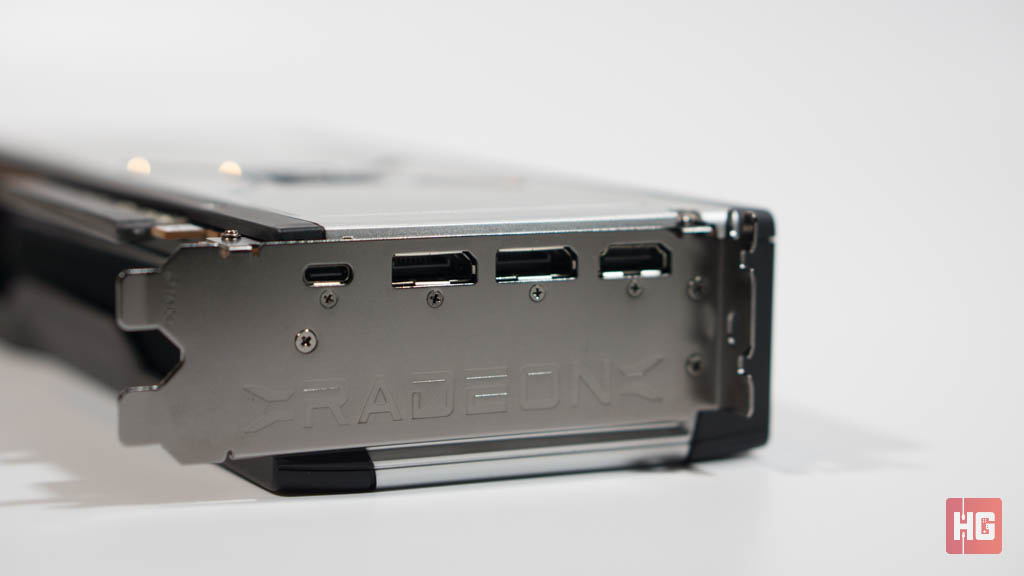
At the back is its selection of ports which includes a single HDMI 2.1, two DisplayPort 1.4b ports, and a single USB Type-C. While we applaud the inclusion of a USB Type-C port for display connections, we would have preferred if AMD included another DisplayPort in the choices.
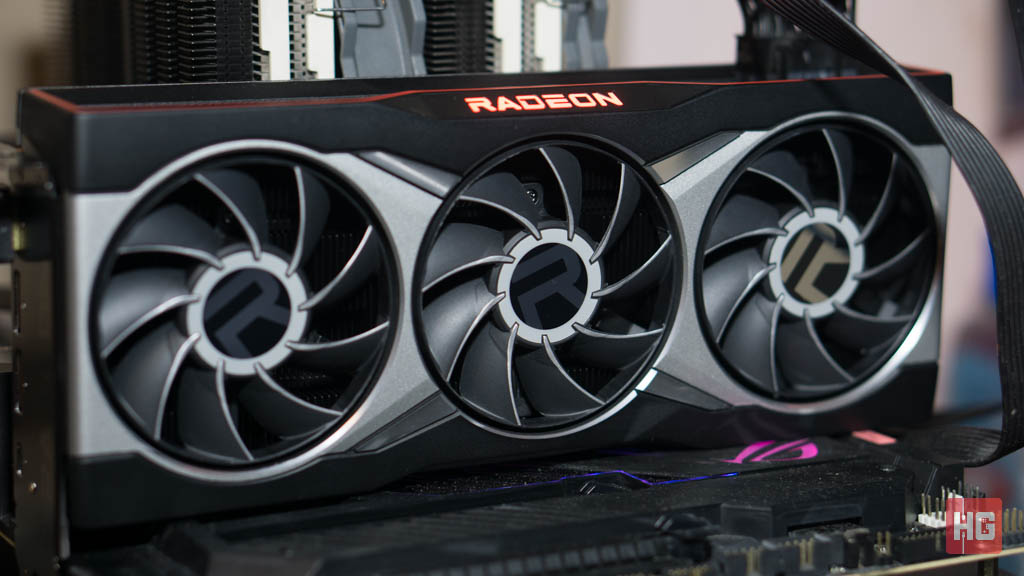
The AMD Radeon RX 6900 XT will be put to the test by running it through both synthetic benchmarks and games of varying APIs which include DX11, DX12, and Vulkan to see what kind of performance it can bring to the table. All of our tests were performed in a 24°c room with our current open test bench made up of the following components:
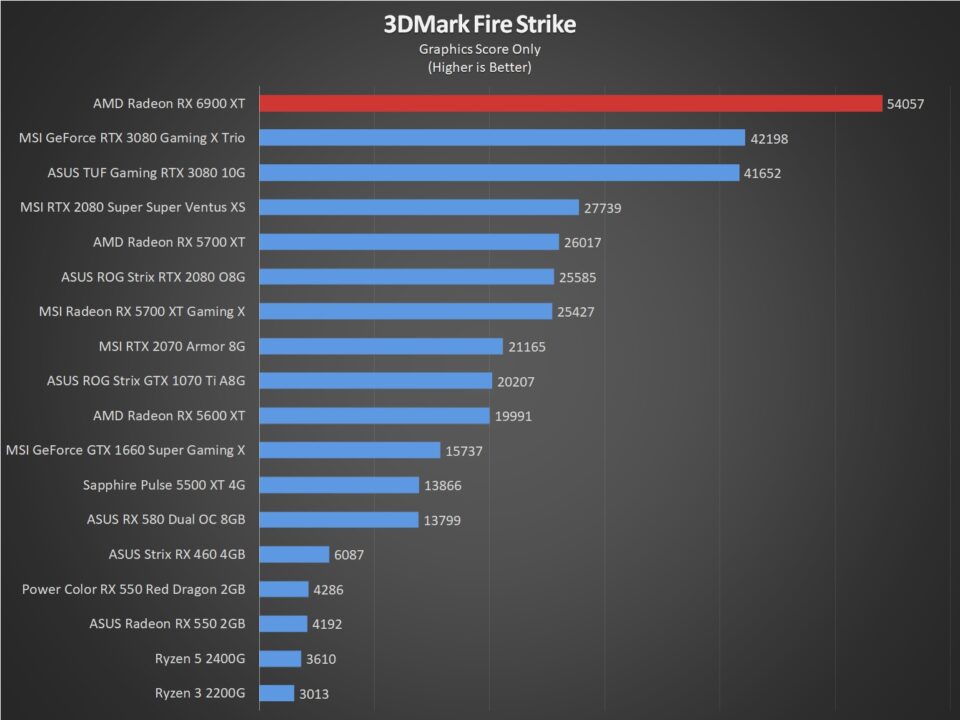
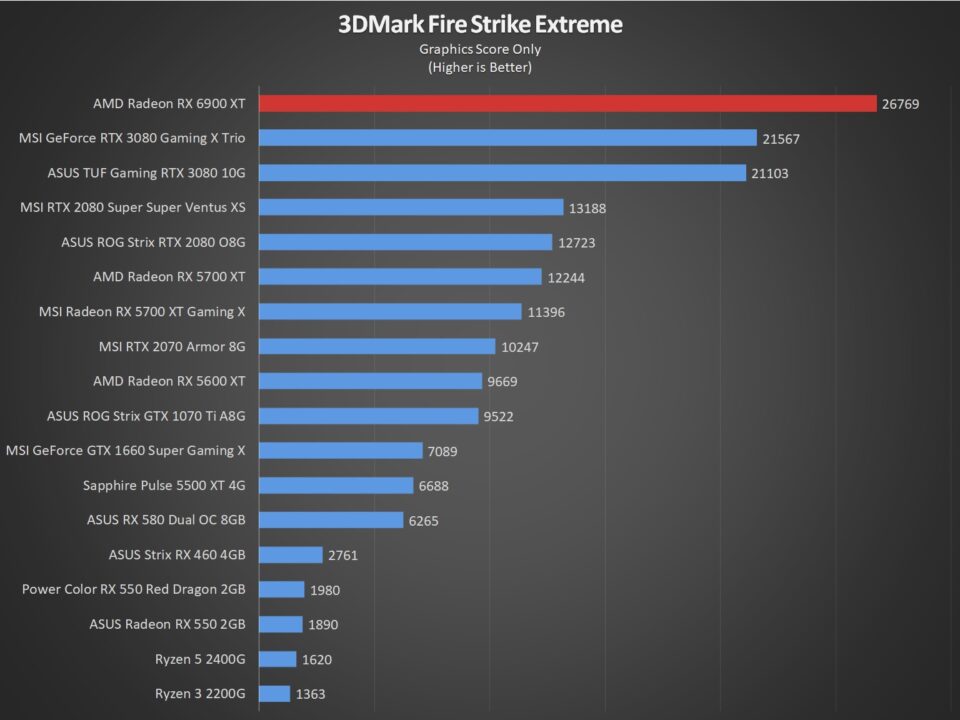
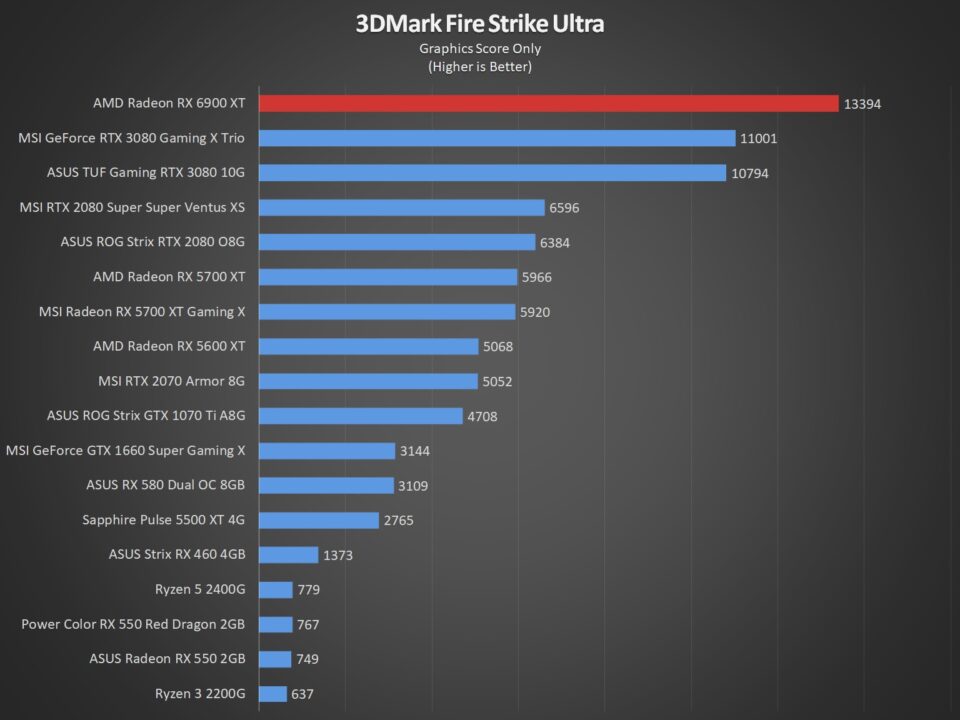

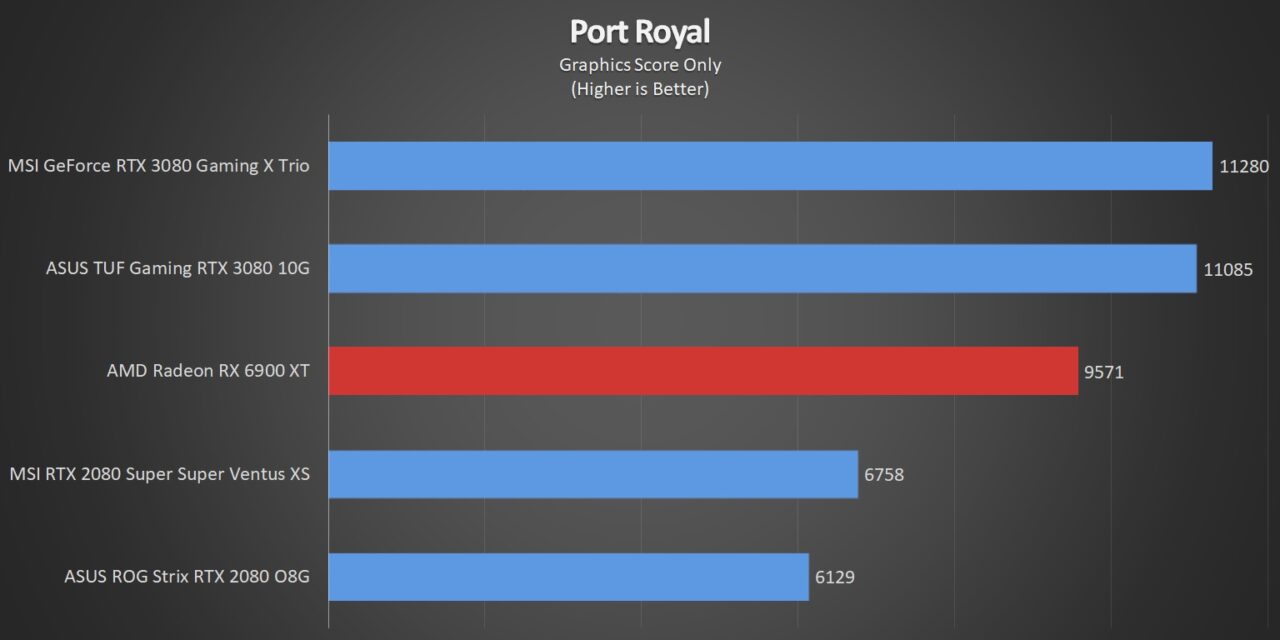
Performance in DX11 (Fire Strike) and DX12 (Time Spy) synthetic benchmarks puts it well beyond its nearest competitor in our charts, the RTX 3080. Ray Tracing performance in Port Royal trails behind the RTX 3080 but is miles better compared to last generation’s RTX 2080 Super. This is expected as NVIDIA’s Ampere cards have a lot more RT horsepower under the hood.
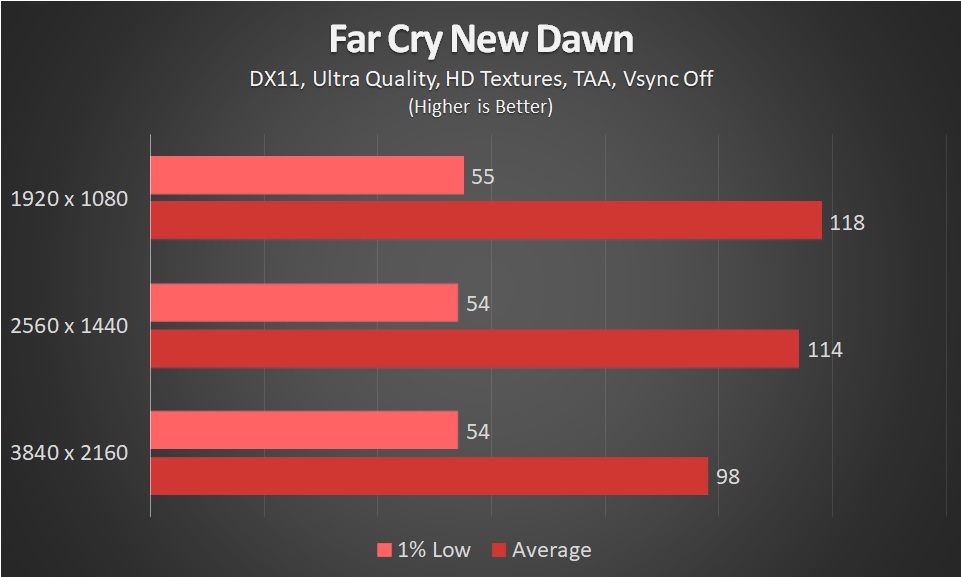
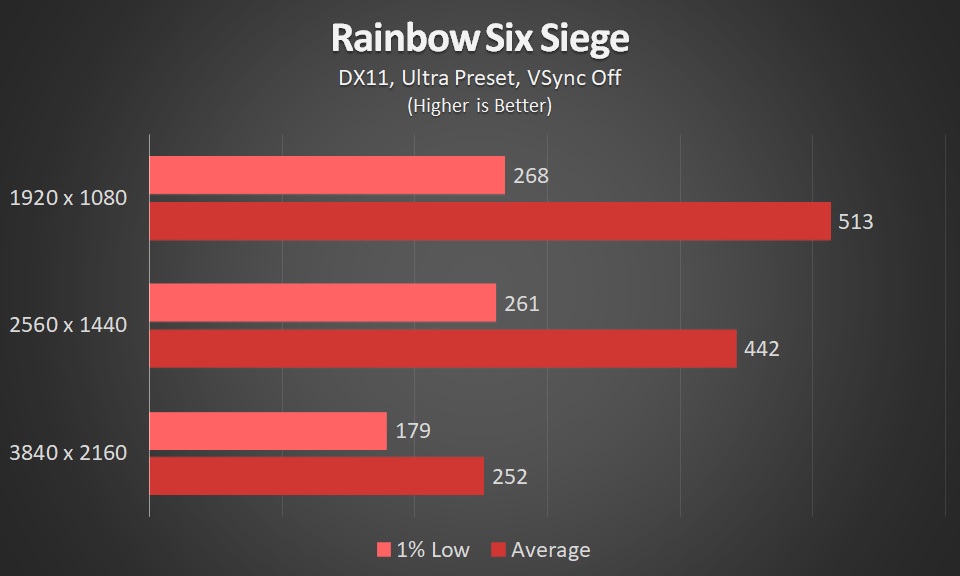
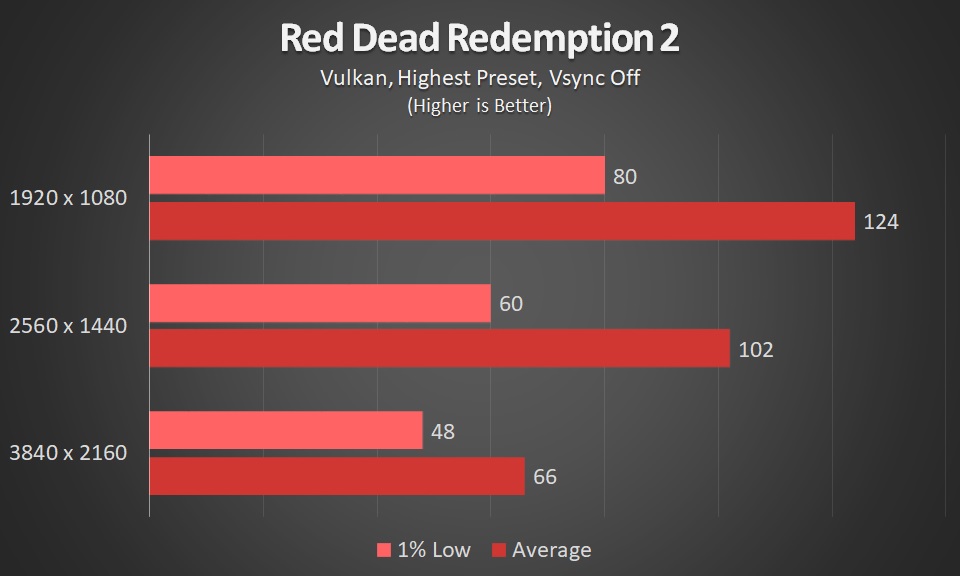

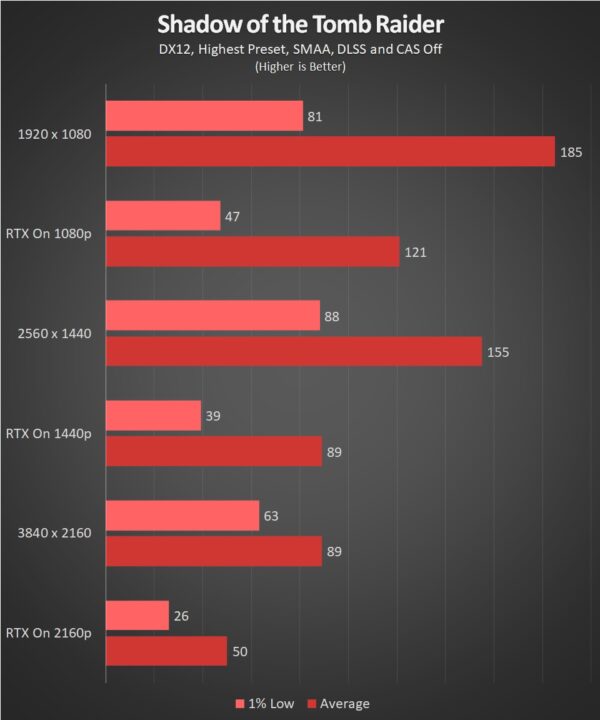
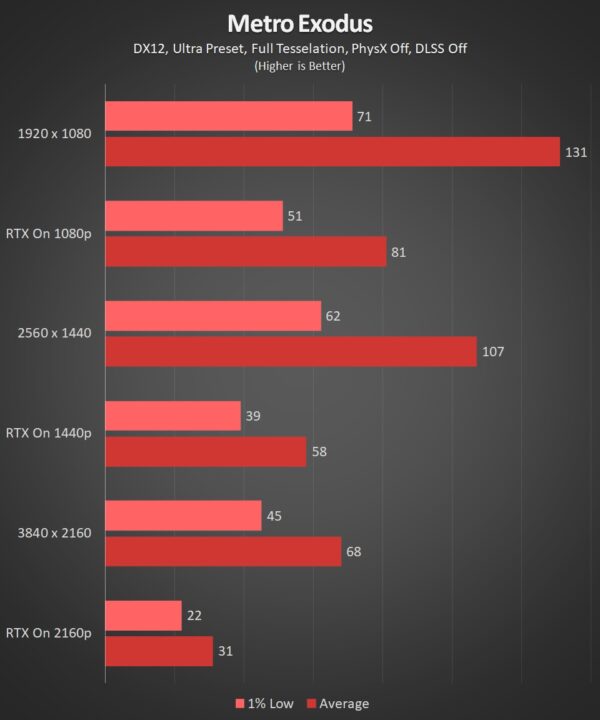
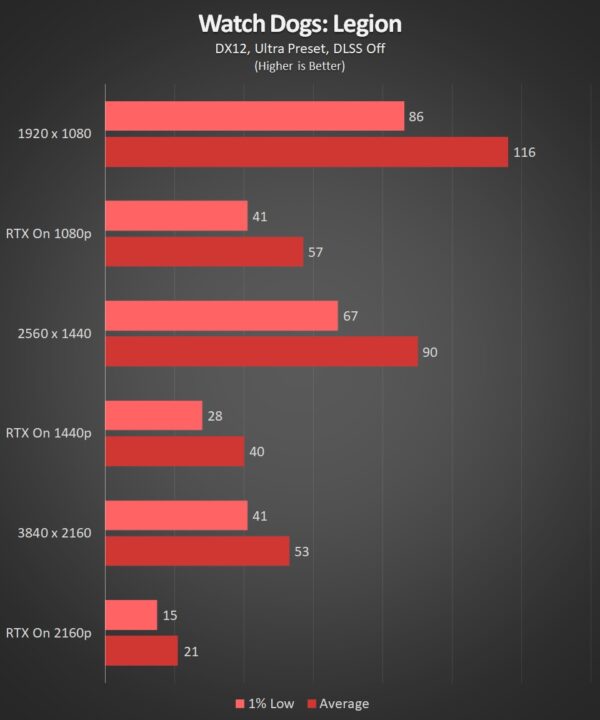
Like with our synthetic benchmarks, the AMD Radeon RX 6900 XT can easily achieve 1080p120fps or 4k60fps in AAA games with all the graphical settings at their maximum with the highest possible anti-aliasing techniques of the respective games. Turning ray tracing on, however, will severely tank framerates. This is especially noticeable in Watch Dogs: Legion, the newest game in our suite, where framerates declines to sub 30fps.

The RX 6900 XT actually has lower power consumption compared to the RTX 3080, despite being positioned higher in the performance bracket. On its own, the can take up to 255W in a Fire Strike Loop compared to the RTX 3080 which can reach up to 333W as seen in our previous review. Of course, power consumption can differ depending on the workload but this is what we saw in a simulated gaming experience.
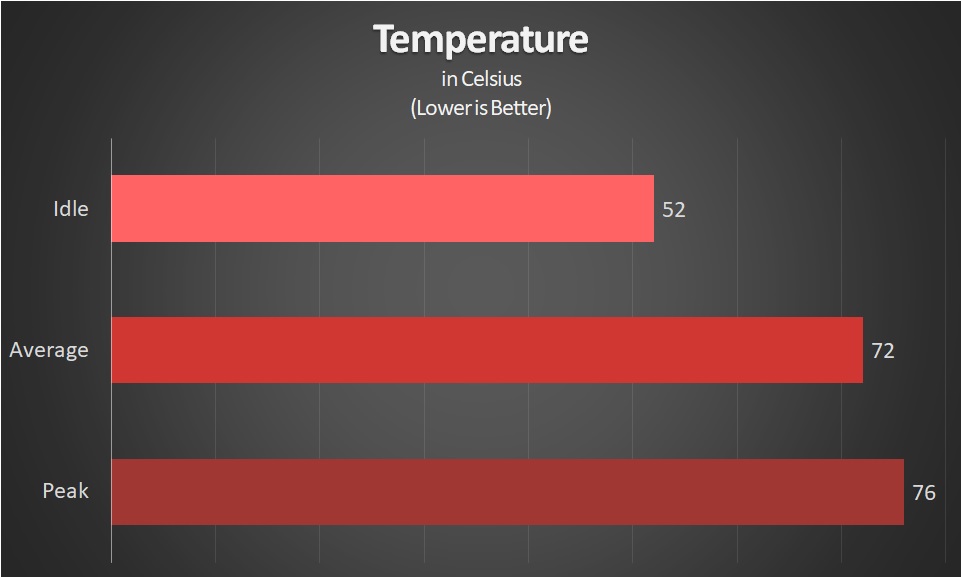
Clock speeds are fairly consistent as well despite having lower power consumption. The card reaches a marvelous 2456MHz at its peak with an average of 2311MHz in a 60 second timeframe.
Temperatures have been tempered to a peak of just 76°c. Idle temperatures are slightly higher compared to the 5700 XT at 56°c but the fans don’t make much noise even though we are using an open test bench.

The Radeon RX 6900 XT is the proper flagship GPU that we have been waiting for from AMD based on the numbers we have seen. Sheer performance puts it at the top of the charts and would probably be overkill at 1080p. It seems that its sweet spot will be at 1440p120 or at 4k60 in current and upcoming triple A games.
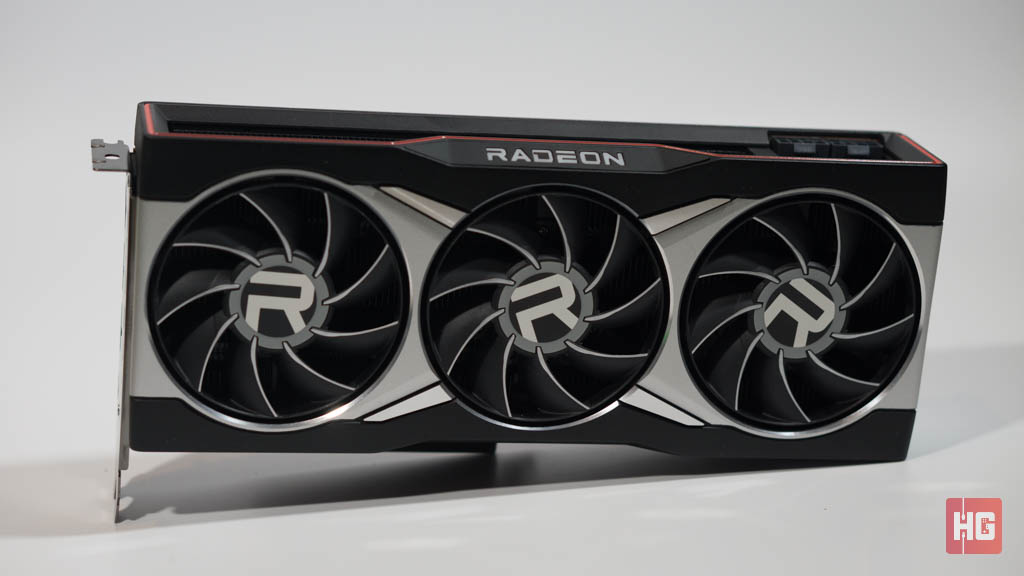
There are, however, a couple of downsides. While its performance won’t be an issue in any kind of API you run your games at, introducing ray tracing would significantly affect framerates even at lower resolutions. AMD has also yet to implement their own version of DLSS – FidelityFX Super Resolution – sometime in the future. As of now, NVIDIA is still at the lead in those features.
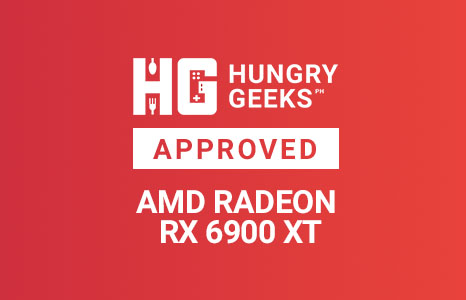
At USD 999, the AMD Radeon RX 6900 XT presents a great value proposition. While it still lags behind on hot features like ray tracing and super sampling methods, the performance it is able to produce makes up for its downsides. We believe that it is going to be one of the most sought-after cards in the market once it releases, which is why we are giving it our seal of approval. If you are actually able to see one out in the wild, do not hesitate and get it as soon as possible.
